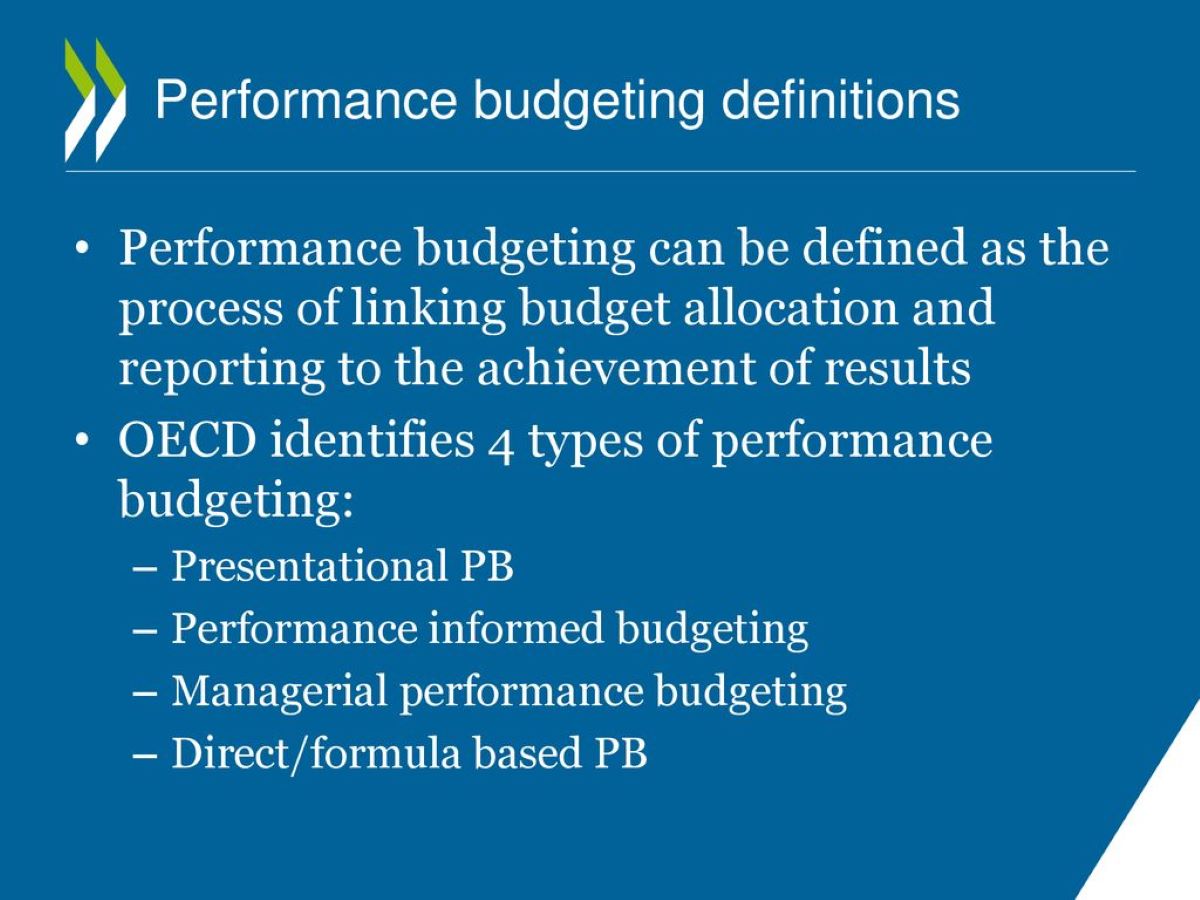

Finance
Asset Performance Definition
Published: October 9, 2023
Discover the meaning of asset performance in the world of finance. Gain insights into how assets are evaluated and managed to attain optimal financial results.
(Many of the links in this article redirect to a specific reviewed product. Your purchase of these products through affiliate links helps to generate commission for LiveWell, at no extra cost. Learn more)
Understanding Asset Performance: Definition and Importance
Welcome to another insightful post in our FINANCE category! Today, we will delve into the fascinating world of asset performance and explore its definition, importance, and impact on your financial well-being. Understanding how assets perform is crucial for making informed investment decisions, so let’s dive right in!
Key Takeaways:
- Asset performance refers to how well an investment or asset has performed over a specific period of time.
- Tracking asset performance helps investors evaluate the success of their investments and make informed financial decisions.
Now, let’s start by answering one fundamental question: What exactly is asset performance? In simple terms, asset performance measures how well an investment or asset has performed over a specific period of time, typically in terms of returns or gains. It provides a quantitative measure of the success or failure of investing in a particular asset.
When evaluating asset performance, investors often consider factors such as the overall return on investment, the volatility of the asset, and its correlation with other assets in their portfolio. This assessment allows investors to understand how their assets are performing relative to their expectations and goals.
Here are a few key reasons why understanding asset performance is crucial for any investor:
- Informed Decision-Making: By monitoring and analyzing the performance of your investments, you can make better-informed decisions about buying, selling, or holding onto assets. This helps you optimize your portfolio and maximize your potential returns.
- Risk Assessment: Asset performance enables you to assess the risks associated with different investments. By understanding the historical performance of an asset, you can gauge its volatility and potential downside, helping you make the appropriate risk-adjusted decisions.
- Performance Evaluation: Tracking asset performance allows you to evaluate the success of your investment strategy over time. By comparing the performance of different assets and investment options, you can identify which investments are generating the best returns and adjust your portfolio accordingly.
- Goal Alignment: Understanding how individual assets perform helps you align your investment choices with your long-term financial goals. By selecting assets that historically align with your goals, you increase the likelihood of achieving desired financial outcomes.
- Market Insights: Studying asset performance provides valuable insights into the broader market trends and dynamics. By understanding how different assets perform during various market conditions, you become better equipped to navigate and adapt to market fluctuations.
To better track and analyze asset performance, investors often rely on various financial metrics such as compound annual growth rate (CAGR), average annual return, and standard deviation. These metrics help in gaining a comprehensive understanding of an asset’s historical performance and estimating its potential future performance.
In conclusion, asset performance plays a vital role in investment decision-making. By monitoring and analyzing the performance of assets, investors can make informed choices, minimize risks, and optimize their returns. So, whether you are a seasoned investor or just starting, keeping an eye on asset performance is a crucial step towards financial success.














